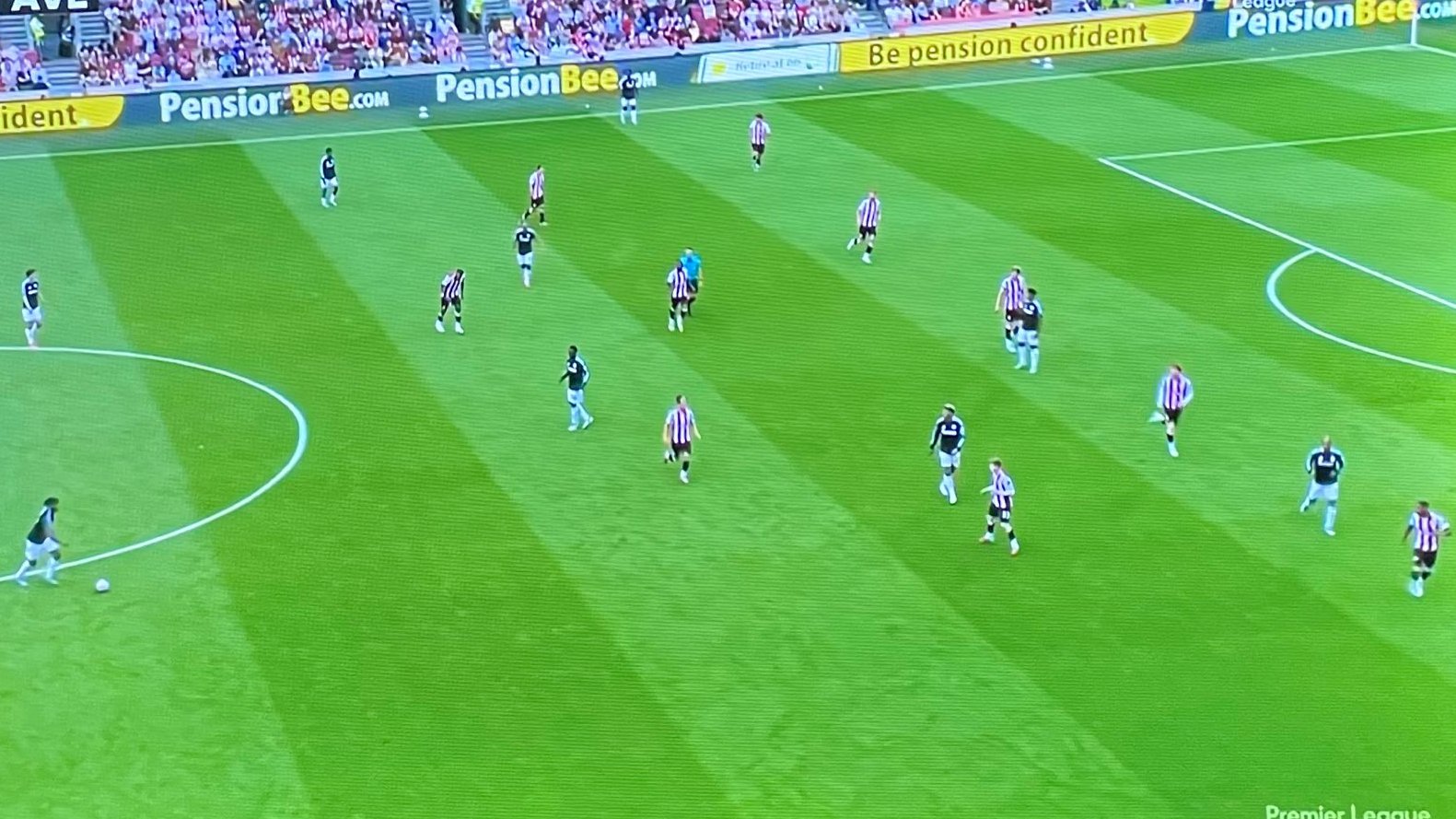
In modern football’s era of high pressing, expansive build-up, and positional play, the low block feels a move for outcasts, the non-elite It is frequently dismissed as cautious or anti-football, yet it remains one of the most technically demanding and tactically disciplined systems in the sport.
At its core, the low block is simple: a team drops into the defensive third, closes every central lane, and forces opponents into less threatening spaces. In practice, it requires an extraordinary level of coordination, patience, and collective sacrifice.
The biggest misconception around the low block is that it is passive. In reality, it is the opposite. A well-drilled low block is proactive in the way it shapes the opponent’s decisions. It dictates the areas where play is allowed, denies access to the zones where elite teams thrive, and prepares the platform for rapid counter-attacks.
The coaching behind it is meticulous, from spacing to body orientation to the timing of defensive shifts. For teams who cannot match the talent or creative depth of top sides, it becomes a strategic equaliser, a way to survive, and sometimes dominate, without the ball.
The low block can and should be looked at as a sophisticated defensive mechanism. Its success depends on consistent discipline, airtight central protection, and the ability to transform defensive solidity into meaningful attacking transitions.
Everything in the low block begins with spacing. The distance between the defensive line and midfield rarely expands beyond 15 to 20 metres, creating a compressed zone where central creativity dies.
Opponents are pushed wide because the middle is simply unavailable. Full-backs are allowed to receive the ball, but they are isolated, facing a crowd of defenders rather than open channels. Meanwhile, defensive midfielders act as the internal shield. Their job is to screen the striker, cut off passing lanes to the No. 10, and remain ready to plug any gap created by a shifting back line. When the shape holds, central progression becomes nearly impossible.
The low block also demands emotional control. Players must resist the urge to chase, gamble, or dive into duels. One reckless step breaks the structure. Instead, everything is built on collective movement. The block slides left and right as a single unit, maintaining line integrity no matter how long the opponent circulates possession.
When the top teams decide to use a low block for whatever reason, the back line tends to still hold a tight offside line just outside the box. Managing that line requires perfect synchronisation, one delayed step creates a free runner and wipes out 80 minutes of concentration. The low block is less about individual brilliance and more about team rhythm.
Perhaps the least glamorous detail is the role of the midfielders who normally drive attacks. In a low block, the 8s and 10s drop into deep pockets, forming temporary lines of five or six. Their pressing instincts are suppressed in favour of spatial control. They protect half-spaces, occupy interior channels, and reinforce the defensive shield that keeps the block intact. It is unglamorous work, but without this sacrifice, the entire system unravels.
Teams turn to the low block for two main reasons: to level the playing field against superior opposition and to create a foundation for devastating counter-attacks.
When a side faces opponents with greater technical quality, more advanced movement, or stronger individual creators, the low block becomes the rational choice. It limits the areas where elite attackers thrive and reduces the opponent’s ability to exploit mismatches.
For smaller clubs, it is often the only realistic way to survive the pressure of sustained possession. Even the strongest teams resort to it when protecting a narrow lead. A mid-block can gradually retreat into a deep block in the final 15 minutes, allowing the defending side to prioritise structural safety over pressing ambition.
Beyond damage limitation, the low block exists to support a clear attacking plan. The moment possession is won, the structure is designed to spring forward.
The first pass after the turnover is crucial: it must either reach a lone striker who can hold up play or find the nearest winger with space to run. The block, which has spent minutes compressing the pitch defensively, suddenly expands forward with explosive movements from full-backs or wide midfielders joining the counter. This is where the low block becomes more than resistance; it becomes a launchpad.
José Mourinho’s Inter Milan in 2010 remains the classic example. With narrow defensive lines and immense discipline, they absorbed long spells of pressure from Europe’s best positional-play sides, then broke forward with speed and precision that turned their minimal possession into maximum threat. Their success showed that the low block is not an admission of inferiority but a tactical framework that allows underdogs to strike with intent.
Despite its strengths, the low block comes with significant physical and psychological demands. Remaining compact for long periods means most players touch the ball sparingly, yet their concentration must stay sharp. One lapse, especially in the half-spaces, can undo the entire plan.
The repeated left and right shifting required to follow the ball’s circulation is exhausting, and the sudden sprints needed to join counter-attacks only add to the load.
Maintaining discipline when the opponent keeps 65 to 70 percent of possession is mentally draining; players must remain comfortable without the ball and trust the system even under constant pressure.
Opponents break the low block by targeting the moments where fatigue or structural strain begins to appear. Rapid side-to-side ball circulation is the classic method.
When the defending team is forced to shift repeatedly across the pitch, tiny gaps emerge, and attackers look to play quick combinations before the block can reset. Wide overloads are another effective approach. By committing a full-back, winger, and an interior midfielder to one flank, a team can create numerical superiority that stretches the defending side beyond its intended shape.
Once the overload draws defenders out, a quick cutback or switch exposes the interior. Set pieces also become a decisive factor. With so many bodies packed into the box during open play, any well-delivered corner or free-kick has an elevated chance of creating chaos. Even the best low blocks are vulnerable to precise dead-ball routines, and many tight games against such defensive systems are settled this way.
The low block remains one of football’s most resilient and intelligent defensive structures. At its best, it reflects discipline, unity, and tactical clarity rather than negativity. Teams that execute it well understand how to protect the most valuable spaces on the pitch and how to turn brief moments of transition into their main source of threat.
In an era dominated by possession-heavy systems, the low block still offers underdogs a realistic and competitive pathway. The open question is whether a team can rely on it as a long-term league strategy in modern football, where consistency, depth, and attacking volume define title races. What is certain, however, is that the low block will endure as a vital countermeasure in the tactical landscape.








